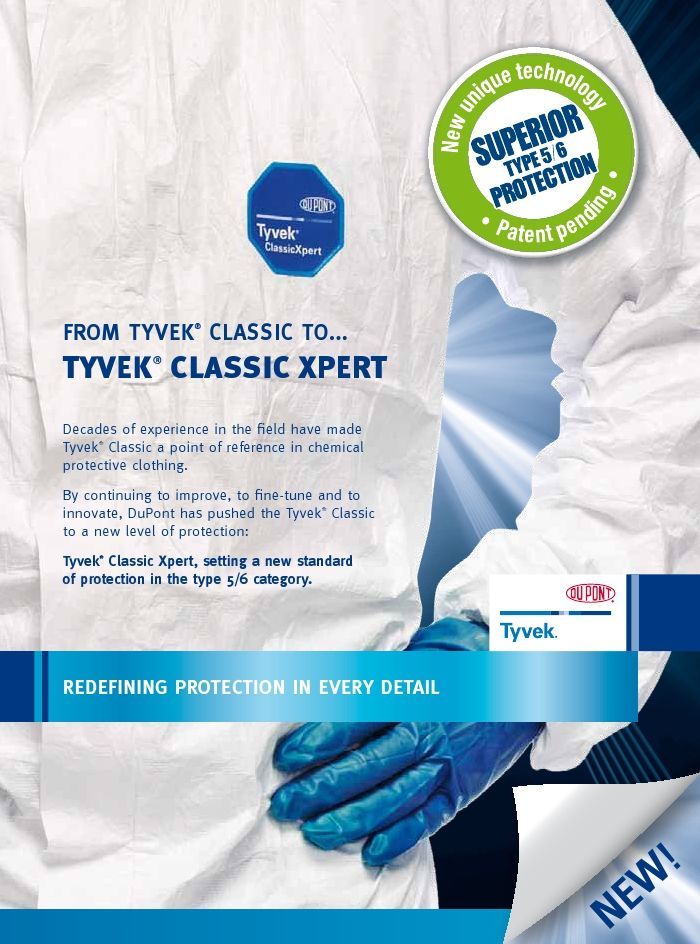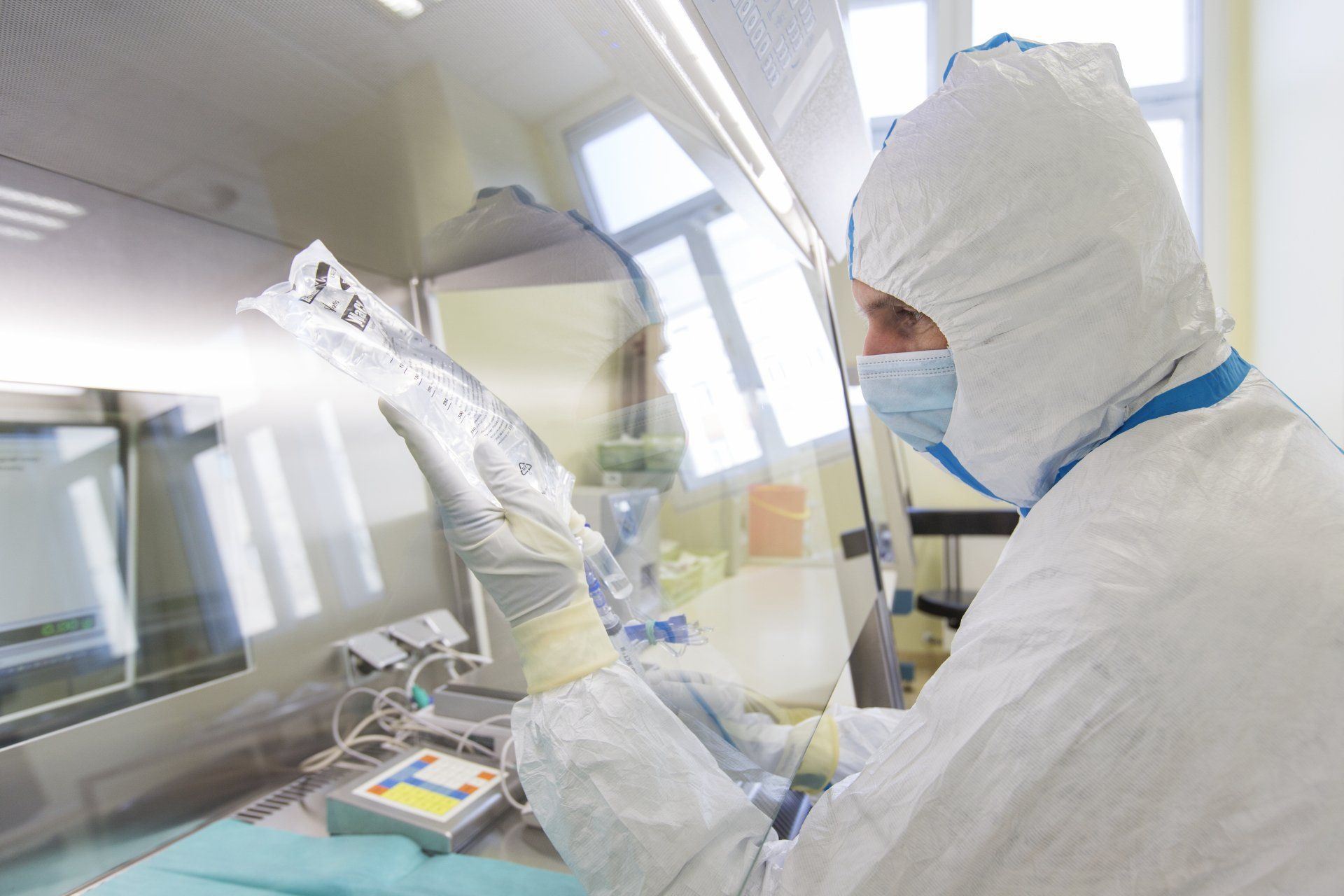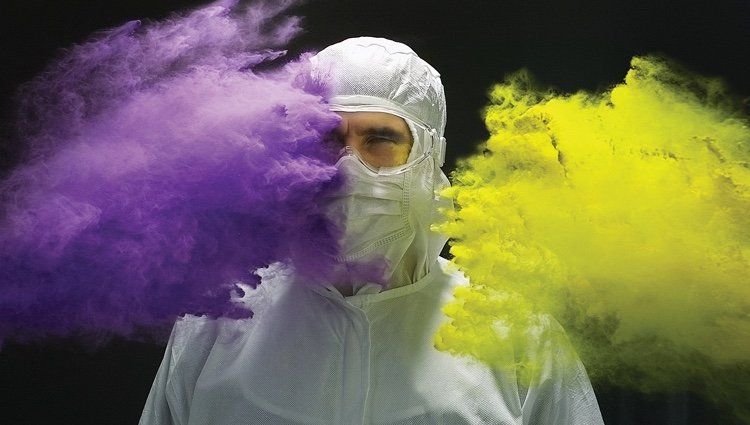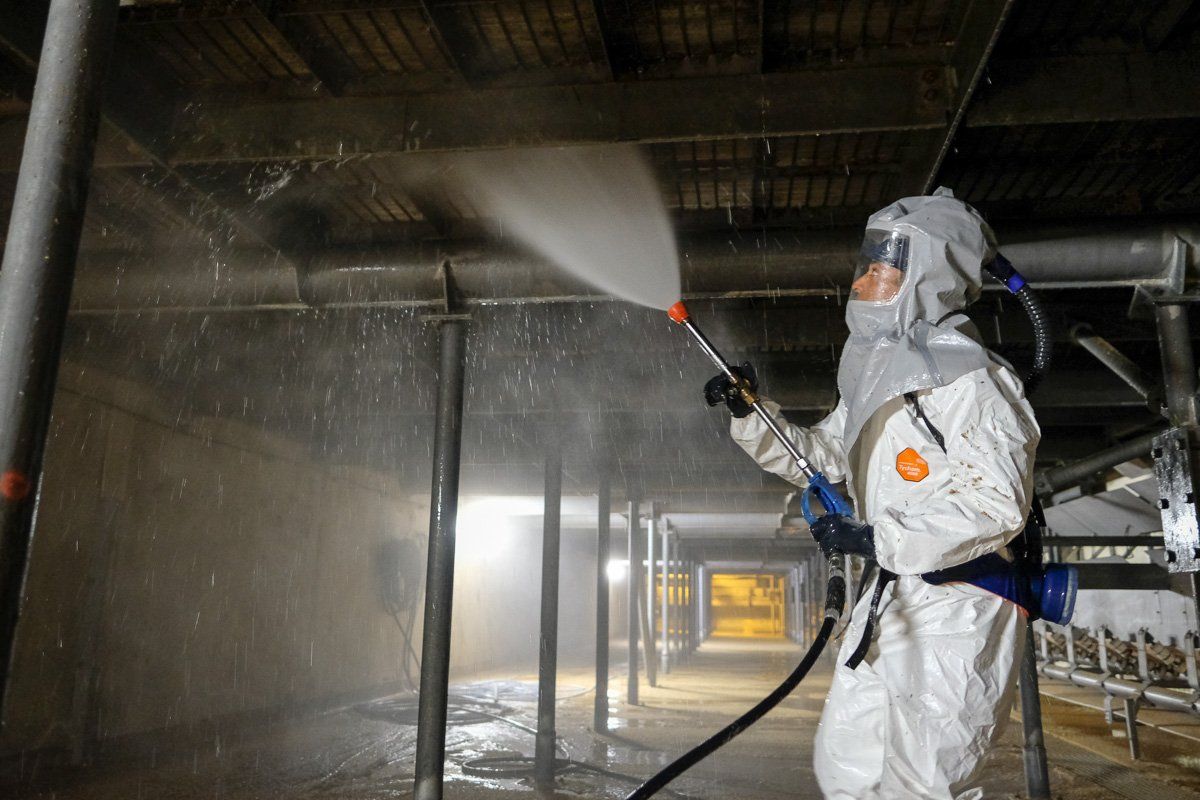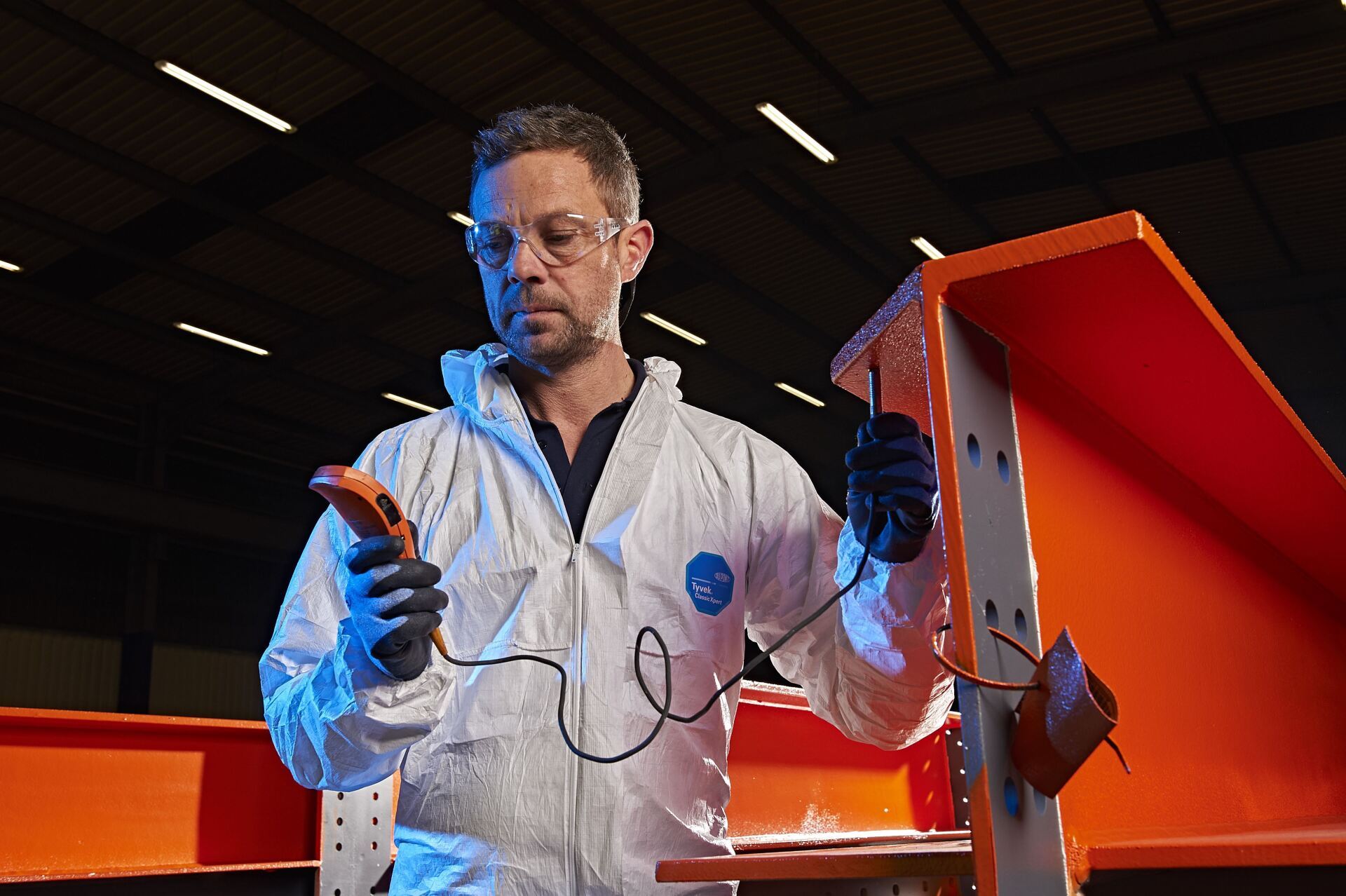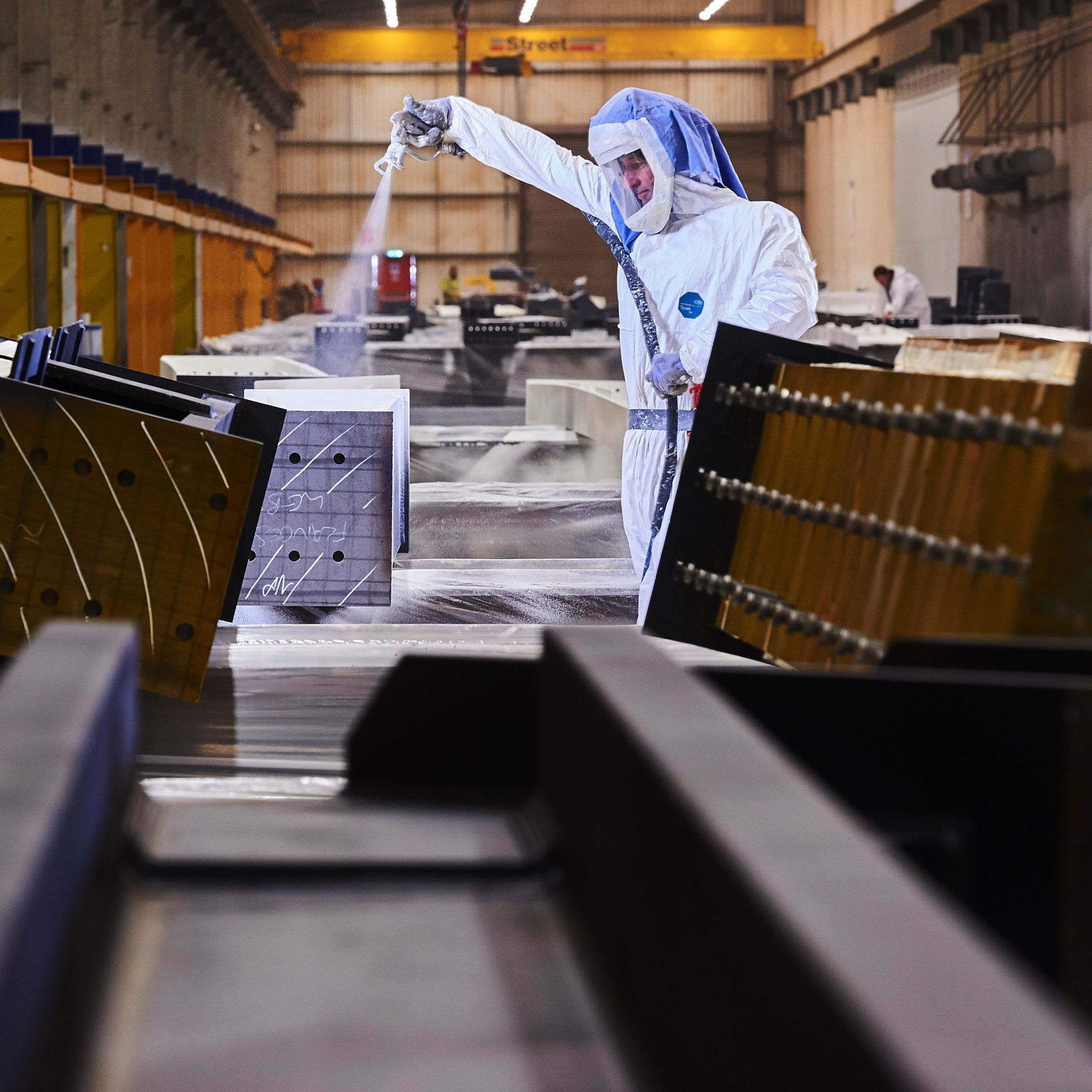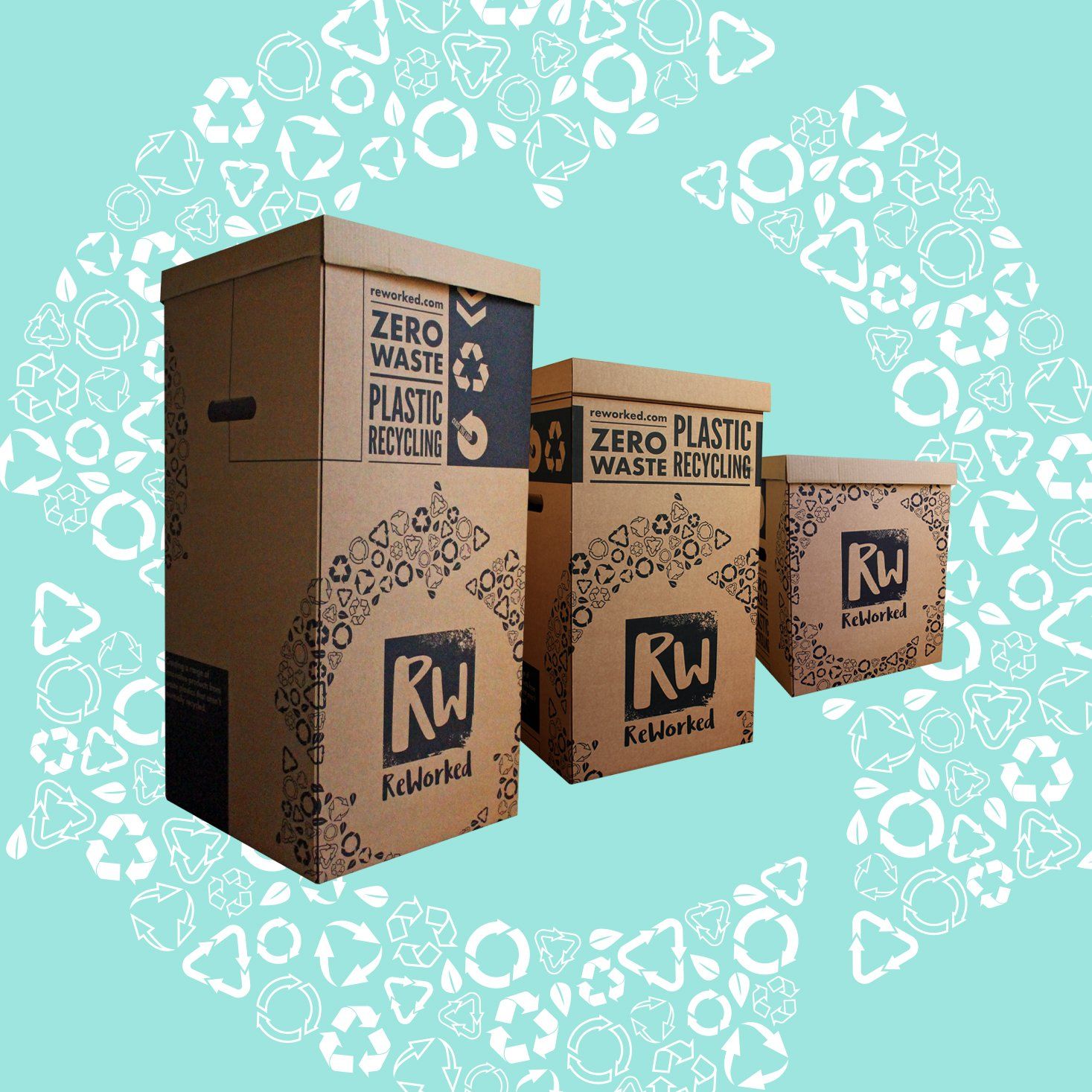Disposable Coveralls and Sustainability
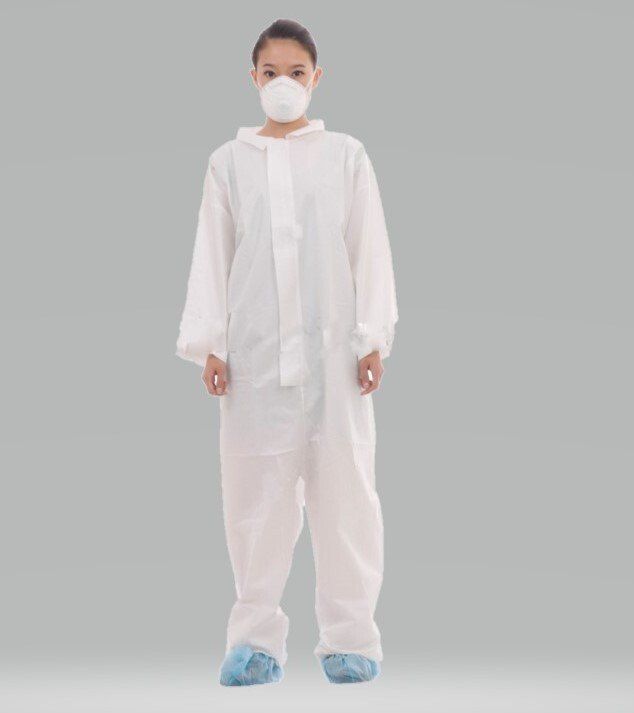
CES DISPOSABLE COVERALLS - MICROZONE
This is a low cost single use coverall which currently cannot be recycled through traditional recycling systems. So we have teamed up with ReWorked to make recycling your disposable coveralls possible.
WHO ARE REWORKED?
Reworked take waste or recycled products from waste and re-introduce it back into the supply chain or manufacture bespoke products. They specialise in the harder to handle materials that aren’t typically recycled through traditional recycling systems.
Reworked is now utilising the vast knowledge and team of partners to bring new products to the market made from waste materials that are collected and treated by the groups various arms. Utilising internal manufacturing helping close the loop with waste products.
They offer an full service from the collection, treatment and processing of many waste types and then utilising them into new products either to the open market of back into the original producers supply chain or products for use in every day life. Read more..
ZERO WASTE RECYCLING BOX
Reworked have come up with a recycling scheme ideal suitable for disposables. The Zero Waste boxes can recycle disposable coveralls, lateral flow tests, facemasks, disposable gloves, visors and other plastic-based PPE items.
HOW IT WORKS
Order: Select which size PPE recycling box you require and place your order. ReWorked will get it to you swiftly!
Fill: Collect accepted PPE items & fill up your box.
Ship: Call 01482 221110 or email ReWorked at maisie@reworked.com to arrange collection.
Re-Order: Order a replacement box to continue recycling those tricky PPE items.
It’s as simple as that, so why not get started and order your PPE recycling box. ReWorked have given us a discount code, just type in CES15 at the checkout for 15% off.
